
Are all prox cards created equal?
Time and time again, I work on projects involving different contactless cards that seem to be united under the same vernacular. It is apparent to me that too many people have adopted the word “Prox” to describe any card with a small read range. If they have a card, and they wave it front of a reader to open a door, log into a PC, or pay for a meal, then it is a prox card… right?
The truth is there are many different types of close range contactless cards that are separated by card manufacturer, chip type, or radio frequency that the card requires. What follows, is a list of the main types of contactless cards that exist in the world today broken up by their RF signal.
125 kHz – Proximity (Prox) – Low Frequency Cards
Quick note about prox cards:
Prox cards are what we call a dumb technology. They are only capable of spitting out an ID number, and commonly serve as building access cards
HID Prox – Most common in the United States
Indalla Prox
Keri Prox
ioProx
EM4102
HITAG
13.56 MHz – ISO14443 – High Frequency
Quick note about HF cards:
HF cards are a smart technology. They have the ability to have data written to them depending on the function of the card. Each one also has a range of security features depending on the application, to ensure that any sensitive information is protected
Crescendo – HID Technology – Physical Access and Logical Access
iClass – HID Technology – Physical Access and Identity Assurance
Mifare – NXP Technology
- Mifare Classic
- Mifare Ultralight C
- Mifare Plus
- DESfire
LEGIC Identsystems – Secure Credentials
NFC Cards/tags – See my blog describing the types of NFC tags
Felica – Sony Technology
- Octopus – Hong Kong transit card
- Oyster Card – London transit card
Calypso – European Transit cards
Moneo – ePayment card in France and surrounding areas
CEPAS – ePayment card in Singapore



